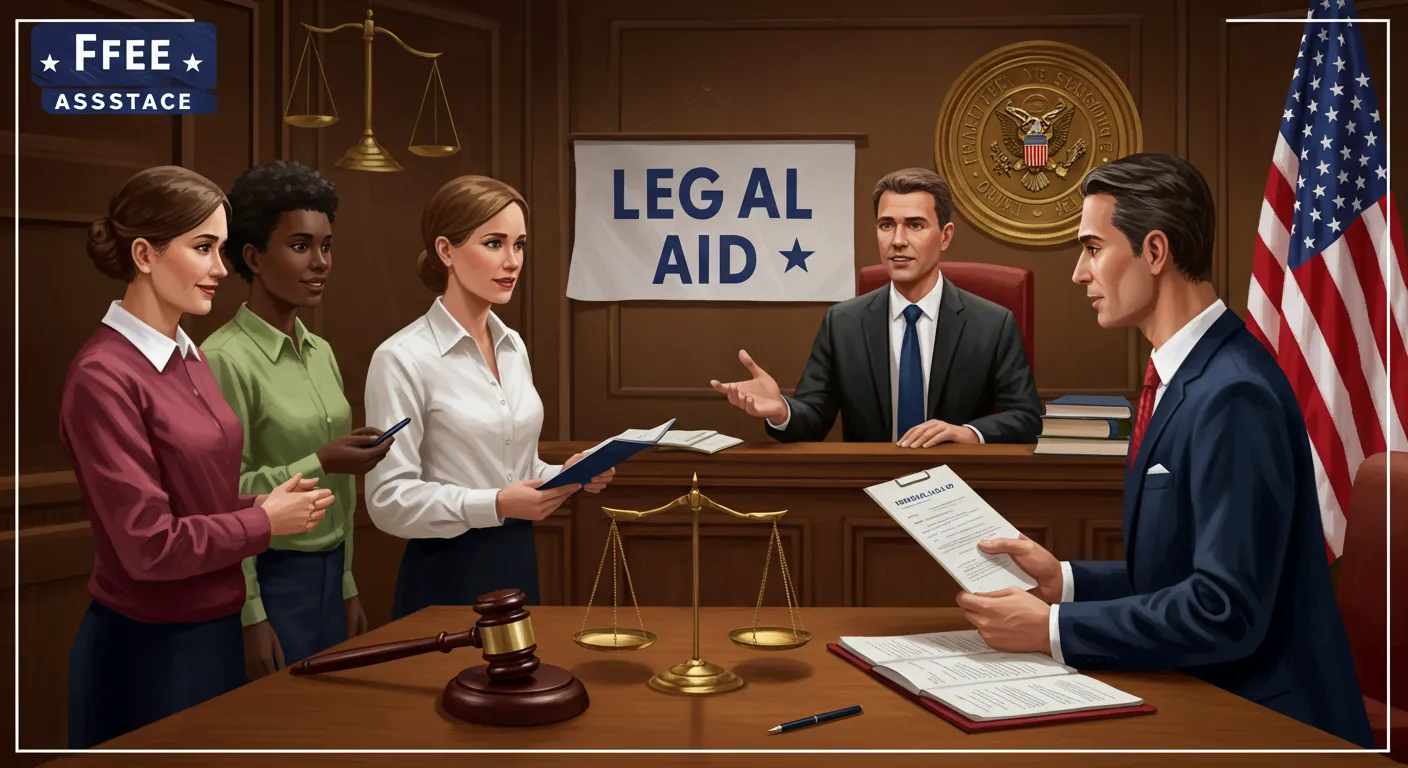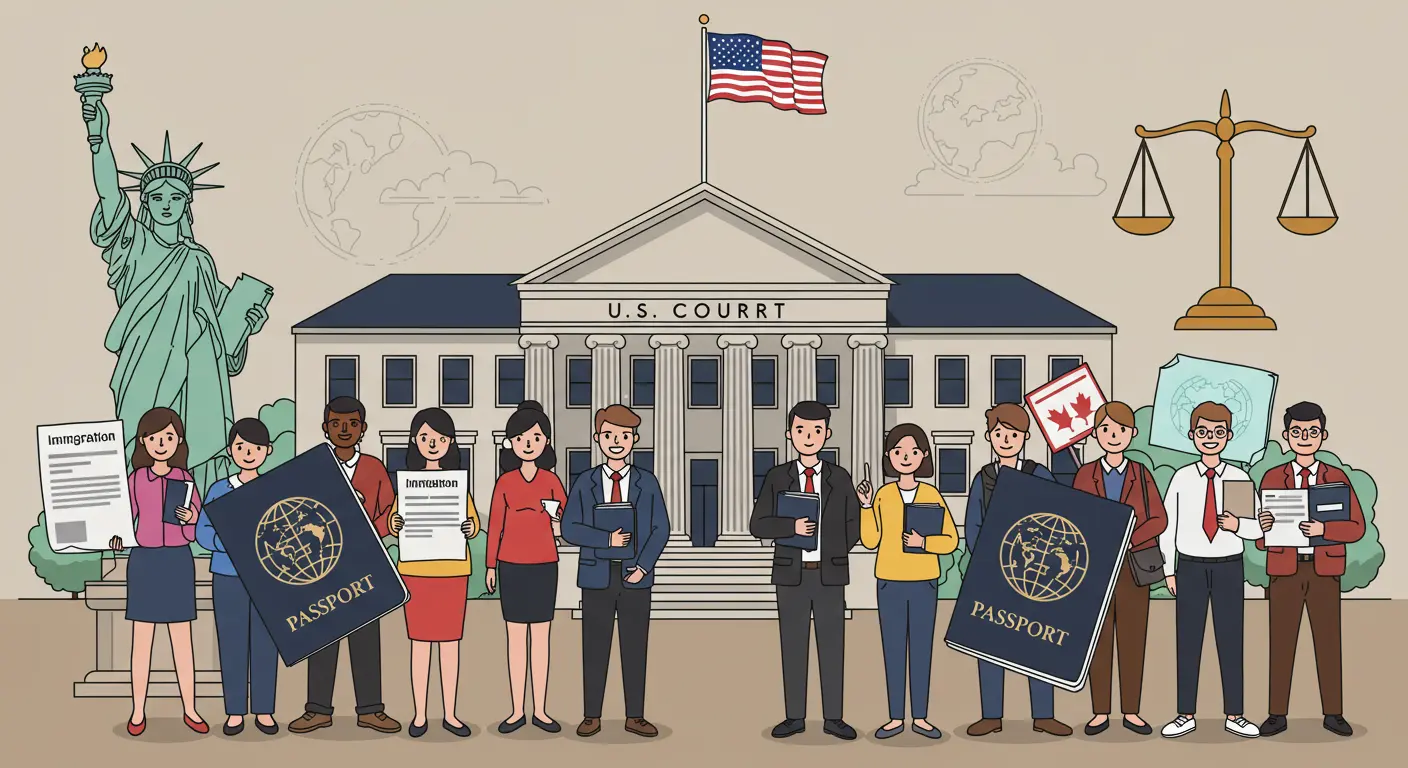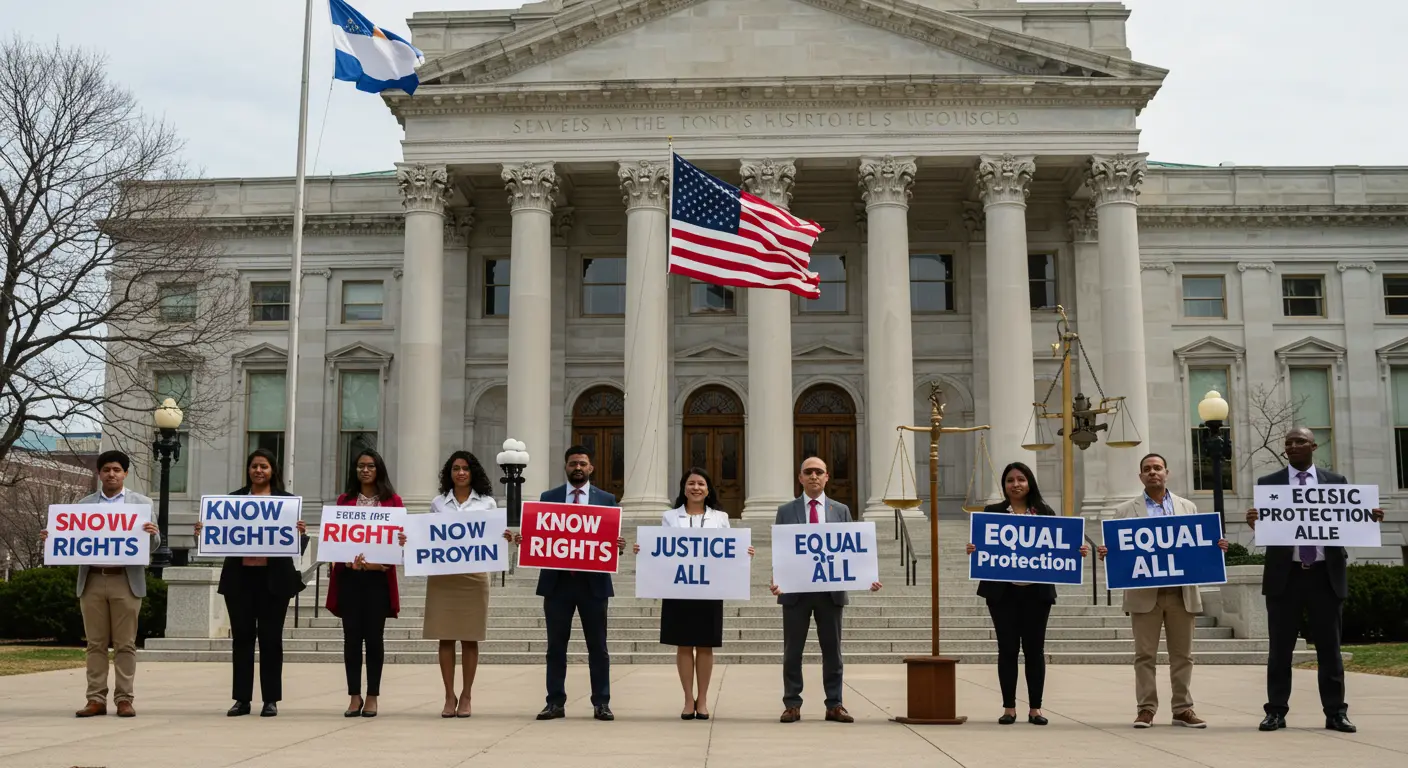The US Constitution simplified means breaking down the complex framework of American government into clear, easy-to-understand concepts. Whether you’re a student, an immigrant, or a curious citizen, understanding the Constitution is essential to knowing how the United States functions as a democratic republic.
In this article, we’ll explain the US Constitution in simple terms, section by section, and provide key takeaways in a concise table. By the end, you’ll grasp the foundation of American law, government, and citizen rights — simplified and made for everyone.

What is the US Constitution?
The United States Constitution is the highest law of the land. Ratified in 1788 and effective from 1789, it established the framework for the federal government, outlining the powers of each branch and protecting individual liberties.
It consists of:
-
A Preamble
-
7 Articles
-
27 Amendments
The Constitution is the foundation of all American laws and guarantees rights like freedom of speech, religion, and due process.
Why the US Constitution Still Matters Today
When we talk about the US Constitution simplified, it’s not just about understanding old documents — it’s about knowing your rights and how power is limited. It matters today because:
-
It protects citizens’ freedoms.
-
It prevents abuse of power by separating branches of government.
-
It guides courts and lawmakers in modern issues.
US Constitution Simplified – Section by Section Breakdown
Here’s a quick simplified breakdown of the Constitution’s key components:
| Part | Simplified Explanation |
|---|---|
| Preamble | Introduction that states the purpose of the Constitution: justice, peace, defense, welfare, liberty. |
| Article I | Creates the Legislative Branch (Congress: Senate + House of Representatives). Explains how laws are made. |
| Article II | Establishes the Executive Branch (President). Describes powers like enforcing laws and leading the military. |
| Article III | Sets up the Judicial Branch (Supreme Court). Explains the role of courts and how justice is served. |
| Article IV | Describes how states interact with each other and with the federal government. |
| Article V | Explains how the Constitution can be changed (Amendments process). |
| Article VI | Declares the Constitution is the “supreme law of the land.” Federal law overrules state law. |
| Article VII | Explains how the Constitution was to be ratified. |
| Amendments | 27 changes to the Constitution, including the Bill of Rights (first 10 amendments). |
Key Principles of the US Constitution (Simplified)
To truly understand the US Constitution simplified, you need to know the five major principles it’s based on:
-
Popular Sovereignty – Power comes from the people.
-
Limited Government – Government can only do what the Constitution allows.
-
Separation of Powers – Power is divided into three branches.
-
Checks and Balances – Each branch can stop the others from becoming too powerful.
-
Federalism – Power is shared between national and state governments.
The Bill of Rights – First 10 Amendments Simplified
The Bill of Rights is a vital part of the US Constitution simplified for everyday people. These first ten amendments protect personal freedoms, such as:
-
Freedom of speech, religion, press (1st Amendment)
-
Right to bear arms (2nd Amendment)
-
Protection from unreasonable searches (4th Amendment)
-
Right to a fair trial (6th Amendment)
-
Protection from cruel punishment (8th Amendment)
How to Remember the US Constitution Easily
Here are some tips to help you remember the US Constitution simplified:
-
Think of it as a rulebook for the government.
-
Break it down by articles and amendments.
-
Use acronyms or flashcards for memorization.
-
Focus on core principles like rights, powers, and limits.
Modern Importance of the US Constitution
Even in 2025, the US Constitution simplified is a critical subject in debates on:
-
Gun laws
-
Freedom of speech on social media
-
Police rights and privacy laws
-
Immigration and voting rights
The Constitution evolves through interpretation by courts and new amendments — making it a living document.
Conclusion
Understanding the US Constitution simplified helps you become a more informed and active citizen. This document shapes how power works, how justice is done, and how your freedoms are protected every day.
Whether you’re preparing for a civics test, naturalization exam, or just want to know your rights, this simplified guide gives you the tools to understand and apply the Constitution.
FAQs – US Constitution Simplified
Q1: What is the US Constitution in simple words?
The US Constitution is the rulebook for how the US government works. It tells what each branch of government can do and protects citizens’ rights.
Q2: Who wrote the US Constitution?
It was written in 1787 by delegates at the Constitutional Convention, mainly James Madison, known as the “Father of the Constitution.”
Q3: What are the 3 main parts of the US Constitution?
-
The Preamble
-
The 7 Articles
-
The 27 Amendments (including the Bill of Rights)
Q4: Why is the Constitution important today?
It protects your freedoms, limits government power, and gives structure to laws and justice.
Q5: How can I study the US Constitution easily?
Use a simplified breakdown like this article, focus on core ideas, and use visuals or summaries to make it easier to remember.



